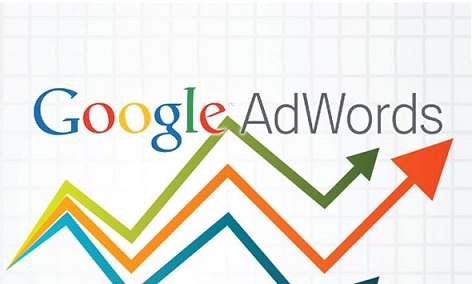25 Resources to Help You Get Started with Adwords

OK, show of hands.
Who else is sick and tired of the growing instability of SEO?
It used to be the key traffic channel in ecommerce. And it still converts better than any other one, true.
Achieving high and stable rankings, however, has become a growing challenge for many online retailers.
But how else could you quickly increase your traffic and bring targeted visitors to your store?
Short answer –Google Adwords.
Launched nearly 15 years ago, Google’s advertising platform is now one of the most effective ways to bring quality traffic to a site.
I’m sure you know this already.
But I bet you’re still confused about how this system works. If that’s the case, here’s a real treat for you – 25 resources to help you understand and launch a very basic Adwords campaign to promote your store.
Part 1. Understanding How Google Adwords Works
Pay per click (PPC) is an advertising model with a twist – the way you pay for it. As the name suggests, you don’t pay to display your ads. Instead Google charges you every time someone clicks on your listing.
Payment is just one of the many Adwords intricacies. Before you roll your sleeves up and start setting up a first campaign, learn the basics of how the system works.
Wordstream features a quite thorough overview of the PPC model basics.
Portent Inc. lists all the ins and outs of PPC management and answers how PPC fits into your marketing strategy.
And if you want to find out even more, check out these two posts by Wordtracker – 32 things you should know about PPC and An Introduction to PPC Advertising.
Part 2. Setting Up a First Campaign
Given the complexity of the Adwords system, setting up a first campaign is quite a task. Hopefully these few resources will guide you through the process.
Hubspot posted a simple guide to setting up a first Adwords campaign. Even though the post is nearly 3 years old, it still serves as a great introduction into campaign management.
OpenVine shares 4 things you need to remember when setting up the first campaingn while Search Engine Watch offers a great 101 tutorial on campaign setup.
If you’re interested in seeing the entire campaign setup and management process, Kissmetrics features a guide to setting a profitable campaign from scratch. And Wordtracker shares 7 steps to a perfect PPC campaign.
Part 3. Writing Ad Copy
Your ad copy is the most important part of your listing. Apart from ad ranking, it’s your copy that engages users and makes them intrigued to click on your listing over the others.
But needless to say, writing Adwords ad copy is an art in itself.
Vertical Response share tips how to write a winning ad copy. And this Web Analytics Blog’s post expands it with ways to further improve your PPC ad copy.
This Unbounce’s post outlines 5 ways to beat your competitors’ ads with killer PPC ad copy. If you work in a highly competitive industry, these tips will help you increase click-through-rate by making some crucial changes to your ad copy.
Wordtracker shares advice on merging ad groups and writing ad text for different groups and LunaMetrics presents this PPC ad copy Cheat Sheet.
Part 4. Budgeting and Monitoring Results
With everything set up and running, the next step is to learn how to monitor, analyse and improve your campaigns.
But first, one of the most crucial aspects of running Adwords campaigns is budgeting. ROI Revolution offers an easy, how-to guide on making the most of your budget by weeding out questionable and wasted spend.
Group Twenty-Seven shares things to watch for in new PPC campaigns. Web Marketing Today on the other hand offers an introduction to monitoring Pay=Per-Click campaigns.
Website Magazine offers a great introduction to improving ad campaigns and reducing cost-per-click.
Part 5. Common Mistakes
There’s no better way to learn a new thing than through trial and error.
When you’re spending money on every click however, it’s crucial to limit the amount of mistakes to minimum. Radical Online shares some of the most common PPC mistakes, helping you to learn from someone else’s experience.
Moz lists 17 most common PPC mistakes web marketers make. And Unbounce explains why your ads might be sending crappy leads.
Part 6. Advanced Topics
ROI Revolution highlights why your Adwords account structure matters. They also pinpoint which default account settings you should modify to better optimise your campaign’s performance.
Wordstream outline tools that help manage Adwords campaigns while Unbounce offers 23 lessons from PPC masterminds.





